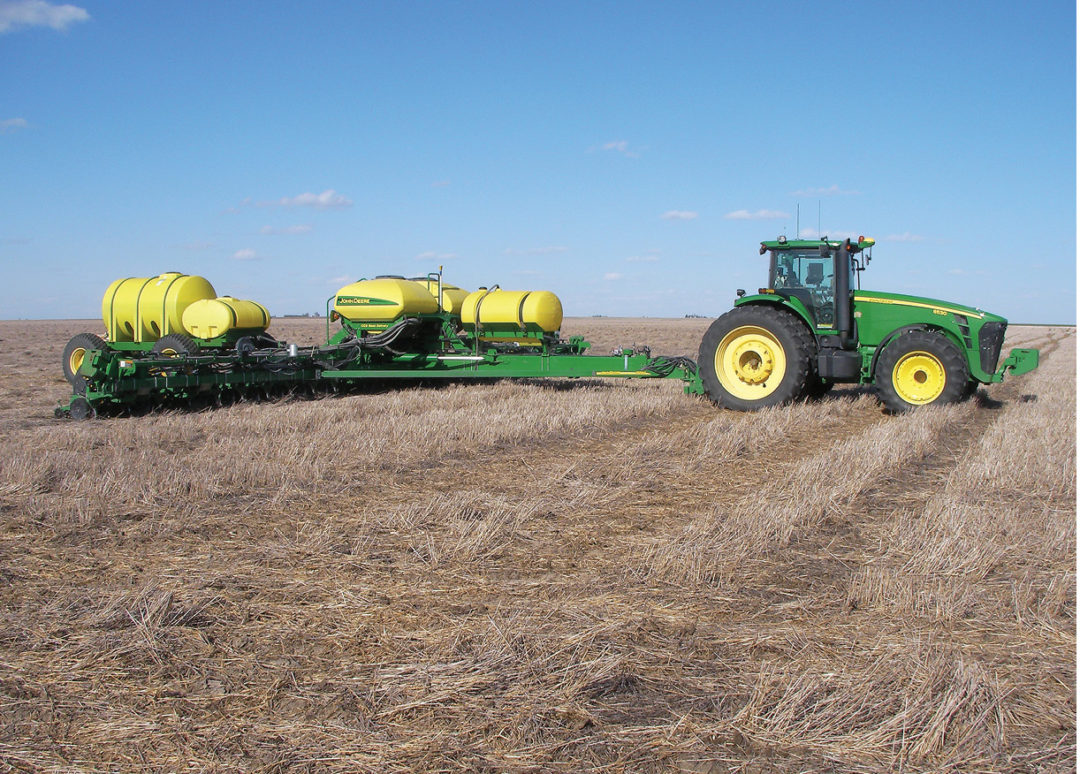No-Till Farmer
Get full access NOW to the most comprehensive, powerful and easy-to-use online resource for no-tillage practices. Just one good idea will pay for your subscription hundreds of times over.

Dietrich Kastens constantly evaluates technology to achieve clear-cut goals. The Herndon, Kan., no-tiller wants Kastens Inc. Farms to compete with the top third of farms in the Kansas Farm Management Database for lowest cost, planting intensity, farm size or expansion, and most importantly, profit.
But Kastens also says he and the others in the farm — comprised of his father, Terry Kastens; his father’s twin brother, Gary Kastens; and two employees — also want to have fun farming. Technology not only helps them achieve financial goals, but also lets them enjoy their work, he says.
Farmers who adopt technology early reap the most financial benefit; those who adopt late get the least; and farmers who ignore changes imperil their business, Kastens contends.
“No-till in our area is a great example,” he says. “Twenty years ago, virtually everything around here was conventional wheat-fallow-wheat. Now, thanks largely to no-till, many production systems are coming close to producing a crop on every acre, every year.
“That wheat-fallow-wheat system would support cash rent in the $25 to $28 range, but with more intensive cropping, cash rent has roughly doubled to $45 to $50 an acre.
“You could be the absolute best wheat-fallow-wheat farmer in the county and it would be tough to survive today.
“Technology adoption is an evolution that’s been going on forever in agriculture. Technology adoption can’t be stopped or a farm will not be sustainable for the next generation.”
When Kastens left the farm in 1989 for…